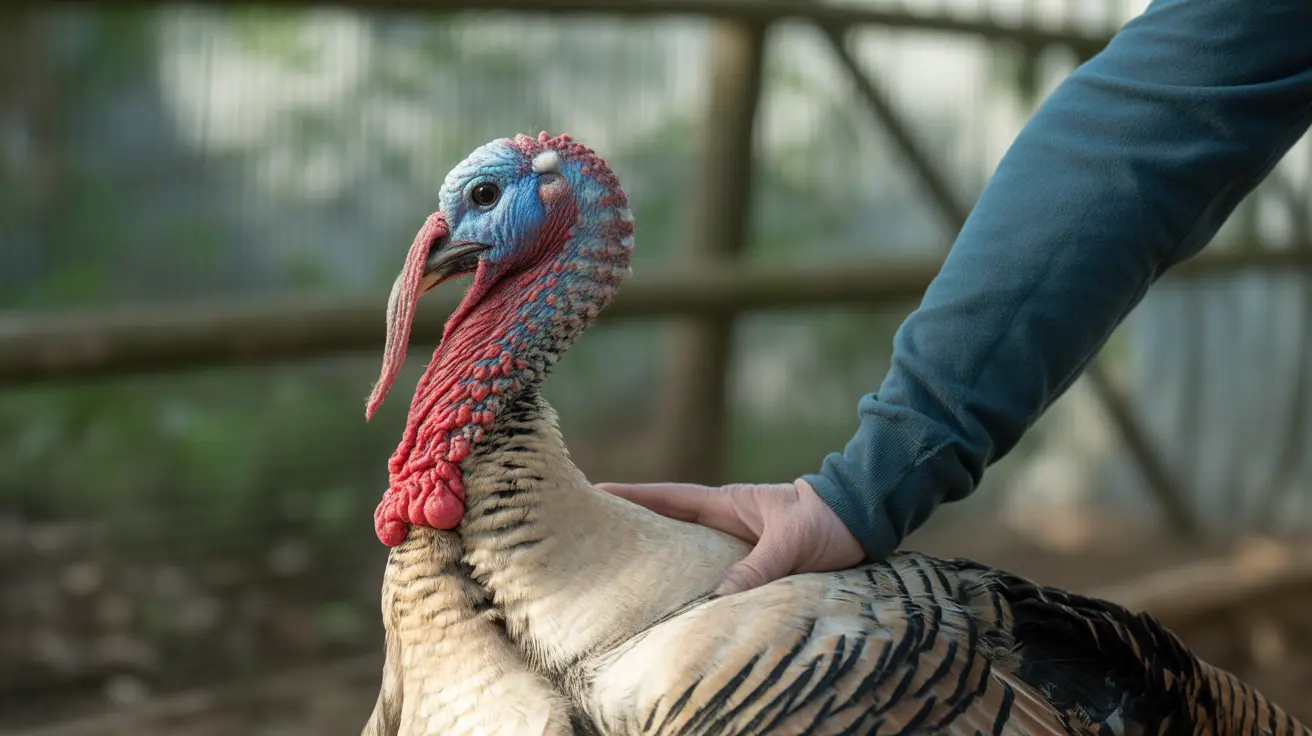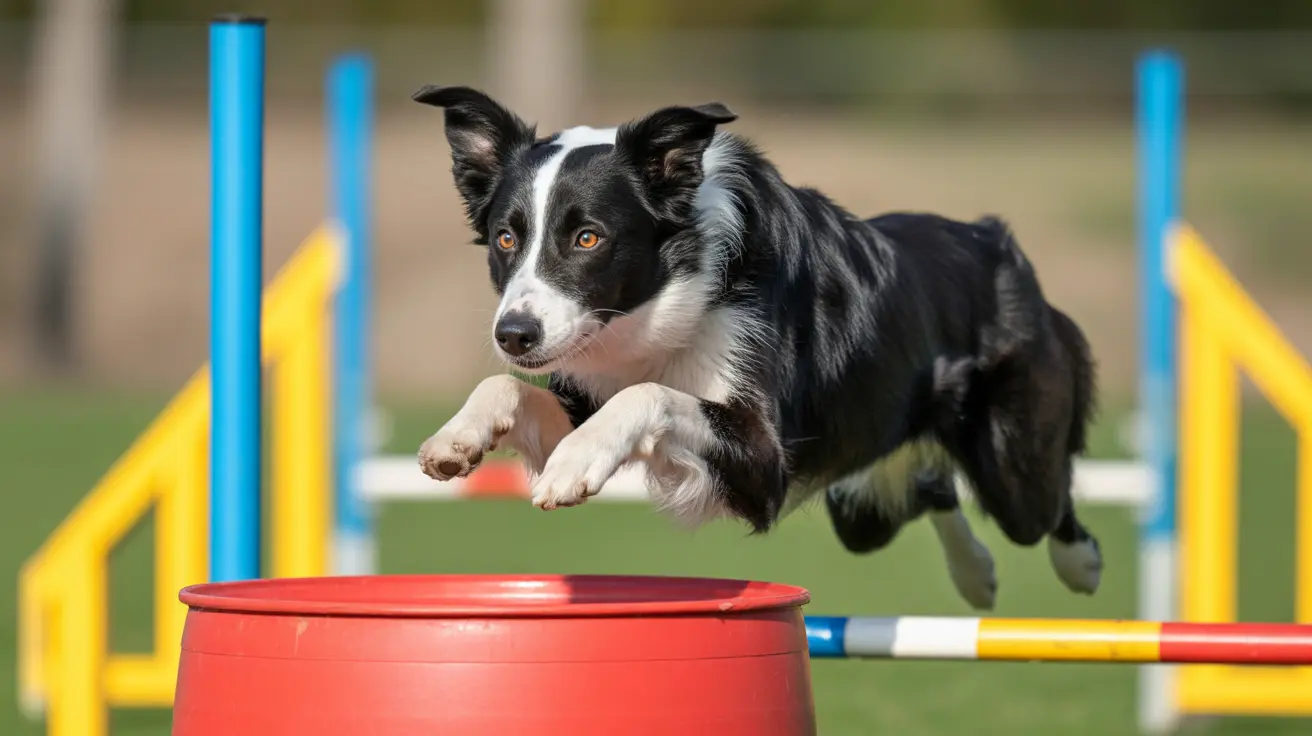Understanding Dewclaw Removal and Veterinary Costs
Dewclaws, often referred to as a dog's thumb, are the extra digits located on the inner part of the front or hind legs. While most dogs have front dewclaws, some breeds also have hind dewclaws or even double dewclaws. The decision to remove them should be considered carefully, especially given their potential anatomical function and the cost of the procedure.
What Are Dewclaws?
Dogs typically have four toes on each foot that touch the ground, and a fifth, the dewclaw, higher on the leg. These serve as vestigial digits, especially in the rear limbs. In some breeds, dewclaws are part of the breed standard and serve important functions such as stability and traction while running.
Reasons for Dewclaw Removal
- Injury prevention: Loosely attached dewclaws are prone to trauma, infection, or being torn during activity.
- Aesthetic reasons: Show dog owners may remove front dewclaws to align with breed club preferences.
- Medical necessity: In cases of persistent injury or infection, removal may be deemed necessary.
Cost of Dewclaw Removal
Dewclaw removal costs vary significantly based on timing and the dog’s age. Here's a general breakdown:
- Puppies (under 5 days old): $30–$70 per claw. Done with local anesthesia and sometimes bundled with other postnatal checkups.
- Adult dogs: $500 or more due to the need for general anesthesia, surgical equipment, and recovery care.
- During other procedures: When combined with spaying/neutering, the overall cost may be reduced.
Factors Affecting Cost
- Veterinarian and clinic location: Urban clinics tend to be more expensive than rural ones.
- Dog size and health: Larger dogs or those with medical conditions may incur higher costs.
- Number and type of dewclaws: Multiple or abnormal dewclaws may require more complex surgery.
Is Dewclaw Removal Necessary?
For front dewclaws, which are usually attached by bone and ligaments and play a stabilizing role, **removal is generally not recommended unless medically required**. In contrast, rear dewclaws, often only attached by skin and with limited function, may be removed more routinely when they pose a risk or are not aligned with breed standards.
Risks of Removal
- Pain and recovery: Particularly in adult dogs, recovery from surgery can be painful and prolonged.
- Complications: Infection, bleeding, or poor wound healing may occur.
- Impact on mobility: Some studies suggest dogs without front dewclaws may be more prone to carpal injury or arthritis.
Alternatives to Dewclaw Removal
For pet owners concerned about dewclaw injuries or appearance, there are alternatives:
- Regular trimming: Keep nails short to avoid overgrowth or catching on objects.
- Protective boots: Used during hikes or strenuous activity to prevent trauma.
- Monitoring: Check regularly for swelling, redness, or unusual growth.
Conclusion
While dewclaw removal is a common procedure in some cases, it should not be done lightly. Front dewclaws, in particular, have proven utility in stability and movement. Unless there are medical reasons or breed-specific standards to follow, replacement of routine removal with proper care, trimming, and monitoring may be the wisest approach. If removal is warranted, consult with a trusted veterinarian to get an accurate estimate of costs and ensure the procedure is done safely, especially if the dog is no longer a newborn.





